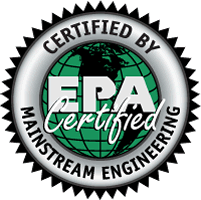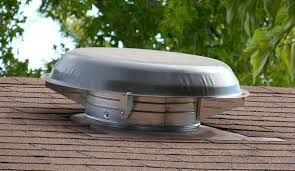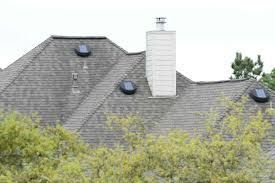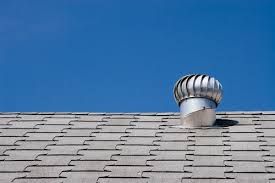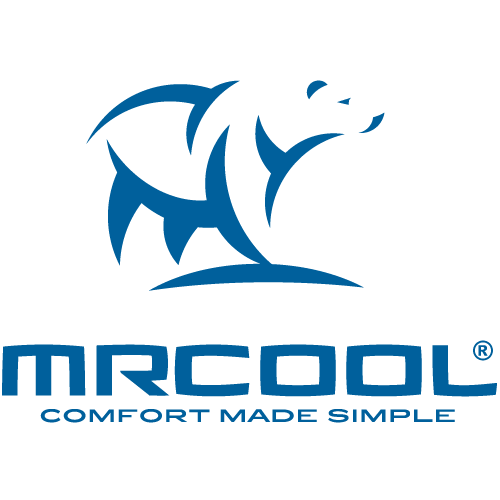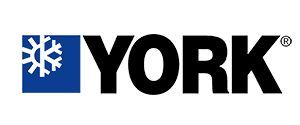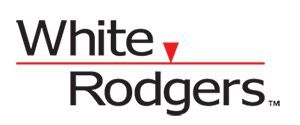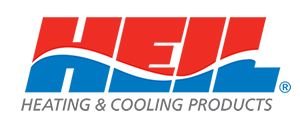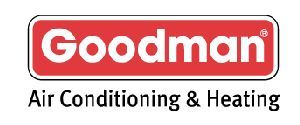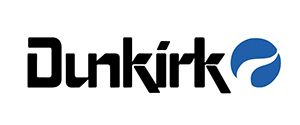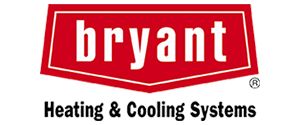EMERGENCY SERVICE
Attic Ventilation Services
What is Attic Ventilation?
Attic ventilation refers to the systems and practices designed to regulate airflow in the attic space of a home. This process is crucial for maintaining a healthy home environment and optimizing energy efficiency. Proper attic ventilation ensures that air flows freely through the attic, preventing moisture build-up and reducing the risk of damage caused by extreme temperatures.
Definition: Attic ventilation involves the strategic placement of vents and fans to facilitate the movement of air through the attic space. This setup helps in balancing the indoor climate by allowing hot, stale air to escape and fresh, cooler air to enter.
Importance: Without adequate ventilation, attics can become hotboxes in summer, which leads to increased energy consumption due to higher cooling demands. In winter, moisture build-up can cause ice dams and damage roofing materials. Proper ventilation mitigates these issues, leading to a more comfortable and efficient home.
WHY CHOOSE US?
Why is Attic Ventilation Important?
Attic ventilation is essential for several reasons, each contributing to the overall efficiency and longevity of your home.
Benefits:
Effective attic ventilation can enhance energy efficiency, reduce cooling and heating costs, and prolong the life of your roof and insulation. By maintaining a stable attic temperature, ventilation helps in preventing extreme heat and cold from affecting your living spaces.
Impact on Home Efficiency:
Well-ventilated attics reduce the load on heating and cooling systems, leading to lower energy bills. Additionally, it helps in maintaining consistent indoor temperatures and improving the overall comfort of your home.
Energy Efficiency:
Proper ventilation reduces the need for excessive air conditioning in the summer and heating in the winter, leading to substantial energy savings. It also helps in reducing the strain on HVAC systems, thus extending their lifespan.
Preventing Moisture Damage:
Moisture accumulation in an attic can lead to mold growth, wood rot, and structural damage. Adequate ventilation prevents moisture build-up by allowing humid air to escape, thereby reducing the risk of these problems.
Types of Attic Ventilation Systems
There are various types of attic ventilation systems, each designed to address specific needs and preferences.
Passive Ventilation Systems:
These systems rely on natural airflow to ventilate the attic. Common types include:
Ridge Vents: Installed along the roof's ridge, these vents allow warm air to escape from the highest point of the attic.
Soffit Vents: Located under the eaves, these vents allow cooler air to enter the attic, creating a natural airflow with ridge vents.
Gable Vents: Positioned on the gable ends of the attic, these vents help in facilitating cross-ventilation.
Active Ventilation Systems:
These systems use mechanical devices to enhance airflow. Common types include:
Attic Fans: These fans help to expel hot air from the attic and can be powered by electricity or solar energy.
Solar-Powered Vents: These vents use solar panels to power fans, offering an energy-efficient solution for improving attic ventilation.
Roof-Mounted Fans:
Roof-mounted fans are effective for expelling hot air from the attic. They are typically installed near the peak of the roof and can be powered by electricity or solar energy.
Whole House Fans:
Whole house fans are designed to pull cool outdoor air into the home and expel warm indoor air through attic vents. They are especially effective in climates with cool evenings and can significantly reduce the need for air conditioning.
How to Choose the Right Attic Ventilation System
Selecting the right attic ventilation system involves considering several factors to ensure optimal performance and efficiency.
Home Size and Layout:
The size and layout of your home play a significant role in determining the type and amount of ventilation needed. Larger homes or those with complex layouts may require a more robust ventilation system to ensure effective airflow.
Climate and Weather Conditions:
Your local climate influences the type of ventilation system that will work best. For instance, homes in humid climates may benefit more from systems that actively remove moisture, while those in hotter climates may need systems that focus on cooling.
Budget Considerations:
The cost of installing and maintaining an attic ventilation system can vary. It’s essential to balance your budget with the long-term benefits of reduced energy costs and improved home comfort.
Installation of Attic Ventilation Systems
Installing an attic ventilation system requires careful planning and execution to ensure it functions correctly and efficiently.
Professional Installation vs. DIY:
While DIY installation can save money, it may not always provide the best results. Professional installers have the expertise to ensure that the system is correctly installed and performs optimally. However, if you have the skills and tools, some systems may be suitable for DIY installation.
Installation Steps and Process:
The installation process involves assessing your attic’s needs, selecting the appropriate system, and properly installing vents or fans. It’s crucial to follow manufacturer instructions and local building codes to ensure the system operates efficiently and safely.
Maintenance and Inspection
Regular maintenance and inspection are vital to ensure the longevity and efficiency of your attic ventilation system.
Regular Maintenance Tips:
Keeping your ventilation system in good condition involves periodic cleaning of vents and fans, checking for any obstructions, and ensuring that all components are functioning correctly.
When to Call a Professional:
If you notice any issues such as inadequate airflow, unusual noises, or persistent moisture problems, it’s time to consult a professional. They can diagnose and address issues that may not be apparent during regular maintenance.
Common Attic Ventilation Issues and Solutions
Attic ventilation systems can encounter various issues that affect their performance. Identifying and addressing these problems promptly can help maintain efficiency and prevent further damage.
Inadequate Airflow Problems: Poor airflow can result from blocked vents, incorrect installation, or insufficient ventilation capacity. Solutions include clearing obstructions, adjusting the system, or upgrading to a more effective ventilation solution. Regular inspection and maintenance are crucial for ensuring that airflow remains unobstructed and consistent.
Noisy Ventilation Systems:
Noise issues in attic ventilation systems can arise from faulty fans or improper installation. To address this, check for loose or damaged components and ensure that fans are properly secured and balanced. If noise persists, consider replacing worn-out parts or upgrading to quieter models.
The Role of Attic Ventilation in Home Insulation
Attic ventilation is closely linked to home insulation and can significantly impact insulation performance.
Enhancing Insulation Efficiency:
Proper ventilation helps maintain a stable temperature in the attic, which prevents extreme heat or cold from affecting your home’s insulation. This stability ensures that insulation materials work effectively to keep indoor temperatures consistent.
Attic Insulation Types and Their Interaction:
Different types of insulation, such as fiberglass, spray foam, and cellulose, interact with attic ventilation in various ways. For instance, spray foam insulation can enhance the effectiveness of ventilation by sealing gaps and reducing air leaks, while traditional insulation types may require more robust ventilation to prevent moisture accumulation.
Case Studies and Success Stories
Examining real-life examples can provide valuable insights into the benefits and effectiveness of attic ventilation systems.
Residential Case Studies:
Many homeowners have successfully improved their home’s comfort and energy efficiency through proper attic ventilation. Case studies often highlight how specific ventilation solutions addressed common issues such as high energy bills, moisture problems, and temperature imbalances.
Commercial Applications:
Businesses and commercial properties also benefit from effective attic ventilation. Proper ventilation helps maintain a comfortable indoor environment, protect building materials, and reduce energy costs in commercial spaces, showcasing the versatility and importance of these systems.
FAQ'S about Attic Ventilation Services
Attic ventilation is a critical aspect of maintaining a healthy, energy-efficient, and comfortable home. By understanding the various types of ventilation systems, their benefits, and how to address common issues, homeowners can make informed decisions that enhance their home's performance and longevity.
Whether opting for passive or active systems, proper installation, regular maintenance, and timely repairs are essential for ensuring that your attic ventilation system delivers optimal results. Eagle Air can help you with attic ventilation services.
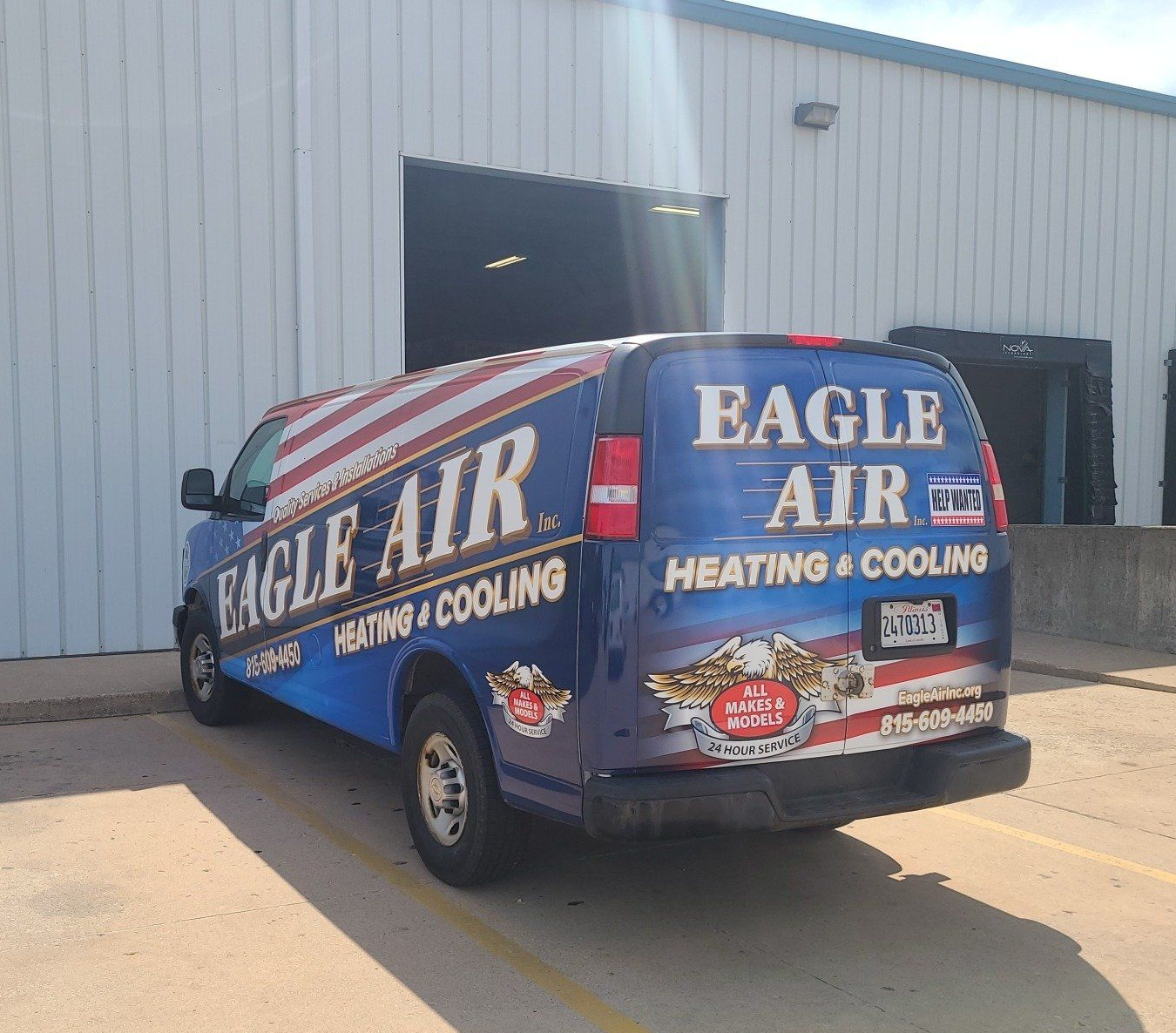
Why Choose Eagle Air IL HVAC?
Choosing Eagle Air IL HVAC means you’re opting for reliability, expertise, and exceptional customer service. Here’s what sets us apart:
- Experienced Technicians: Our certified and trained professionals have extensive experience handling various AC brands and models.
- Fast and Reliable Service: We understand the urgency of AC repairs, especially during hot summer days, and strive to provide same-day service.
- Transparent Pricing: No hidden fees! We offer upfront pricing and detailed estimates before beginning any work.
- Customer Satisfaction Guarantee: Our goal is to exceed customer expectations by providing high-quality service and lasting solutions.
- Emergency Services: We offer 24/7 emergency air conditioning repair services to ensure you’re never left without cooling when you need it most.
Call Eagle Air Now
(815) 609-4450
Preventative Maintenance Services
While repairs are sometimes unavoidable, regular maintenance can prevent many common AC issues. We also offer comprehensive maintenance plans that include:
- Cleaning and replacing air filters
- Checking refrigerant levels
- Inspecting and tightening electrical connections
- Lubricating moving parts
- Ensuring thermostat calibration
- Examining ductwork for leaks
By scheduling routine maintenance with Eagle Air, you can enhance your system’s efficiency, reduce repair costs, and extend its lifespan.
Schedule Your AC Repair Today!
If your air conditioning system is experiencing issues, don’t wait until it breaks down completely. Eagle Air IL HVAC in Plainfield, IL, is here to provide prompt and professional repair services to keep your home or business cool and comfortable. Contact us today at (815) 609-4450 to schedule an appointment.
Stay cool and comfortable all summer long with the trusted expertise of Eagle Air Heating & Cooling Services.
Would You Like to Know More?
We have a simple mission, to become the best provider of HVAC services in the major metropolitan area. We have been working nonstop, providing excellent customer service at competitive prices. If you would like to know more about our services and our track record in your city, give us a call today!

